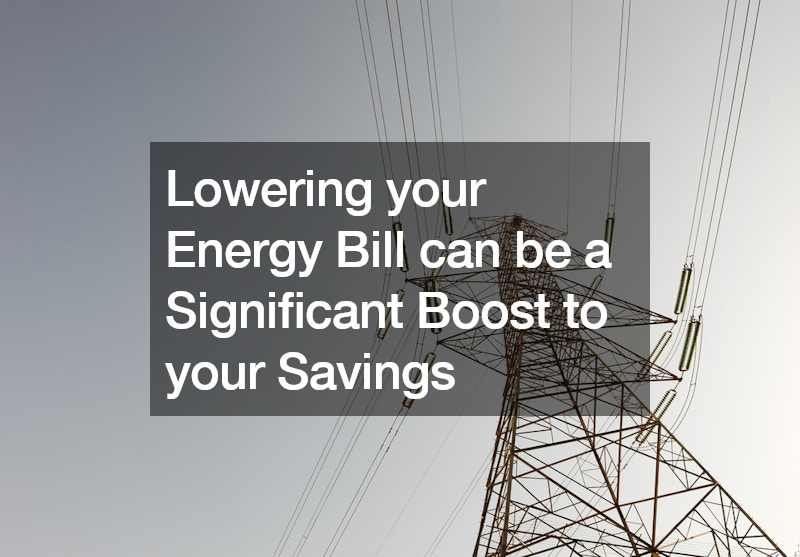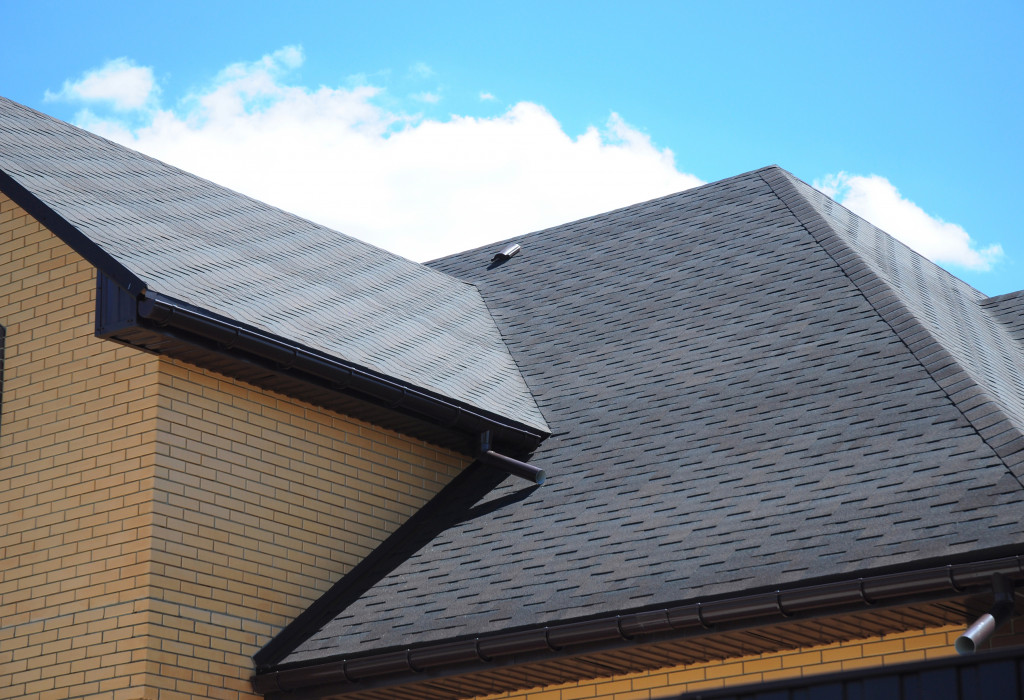In today’s climate of rising energy prices and environmental consciousness, finding ways to trim your home’s energy bills is not just about saving money but also about reducing your carbon footprint. Here are practical tips that can help homeowners on a budget cut down on their energy bills, along with estimated costs and potential savings:
1. Seal the Leaks
Air leaks around doors, windows, and other openings are notorious for allowing precious heated or cooled air to escape, thereby increasing heating and cooling costs significantly. During extreme weather conditions, these leaks can exacerbate the strain on your HVAC system, as it works harder to maintain a comfortable indoor temperature.
Where to Look for Air Leaks:
Air leaks can be found in several common areas around your home:
- Doors and Windows: Check for gaps between the door or window frame and the wall. Even small openings can let in a significant amount of air over time.
- Attic Hatches and Access Doors: These areas are often overlooked but can be major sources of heat loss.
- Electrical Outlets and Switches: Wall outlets and switches on exterior walls can allow air to leak into your home.
-
Pipes and Vents: Gaps around pipes, vents, and exhaust fans that penetrate exterior walls can also contribute to air leakage.
Cost of Sealing Air Leaks:
Investing in weather stripping and caulking to seal these gaps and cracks is a cost-effective solution. The price typically ranges from $50 to $200, depending on the size of your home and the extent of sealing needed. For larger homes with more significant leakage issues, the cost might be higher but is still relatively modest compared to potential energy savings.
Estimated Savings:
Sealing air leaks can save you up to 10% on your annual energy bills, which for an average-sized home translates to approximately $100 to $300 per year. This reduction in energy consumption not only lowers your utility bills but also reduces your home’s carbon footprint by decreasing the amount of energy needed for heating and cooling.
2. Upgrade to Energy-Efficient Appliances
Old appliances consume more energy compared to newer, energy-efficient models. While the initial cost of upgrading appliances can vary widely, ranging from $500 to $2000 per appliance, the long-term savings can be substantial. Energy-efficient appliances can reduce your electricity consumption by 10% to 50%, potentially saving you $100 to $500 annually depending on the appliances replaced and your usage patterns.
3. Install Programmable Thermostats
A programmable thermostat costs around $50 to $200, depending on the model and features. By automatically adjusting your home’s temperature settings according to your schedule, programmable thermostats can save you about 10% on heating and cooling costs annually, amounting to $100 to $150 per year for the average household.
4. Use Energy-Efficient Lighting
Upgrading your home’s lighting to energy-efficient options not only reduces your electricity consumption but also cuts down on maintenance costs due to longer bulb lifespans.
Benefits of LED and CFL Bulbs:
Traditional incandescent bulbs are notorious for their inefficiency, converting much of their energy into heat rather than light. By switching to energy-efficient LED (Light Emitting Diode) or CFL (Compact Fluorescent Lamp) bulbs, you can significantly decrease energy usage and costs. While the initial cost per bulb ranges from approximately $2 to $10, the long-term savings and benefits far outweigh this initial investment.
Energy and Cost Savings:
LED bulbs, for instance, consume up to 75% less energy than incandescent bulbs while lasting up to 25 times longer. This efficiency translates directly into reduced electricity bills and fewer bulb replacements over time. Replacing your most-used bulbs with energy-efficient alternatives can save you between $50 to $100 per year on electricity costs, depending on the number of bulbs and your typical usage patterns.
Smart Lighting Options:
For even greater energy savings and convenience, consider investing in smart lighting solutions. These systems allow you to control your lights remotely via smartphone apps or automated schedules. Features such as dimming capabilities and motion sensors can further optimize energy use by ensuring lights are only on when needed.
Estimated Costs and Payback Period:
The initial investment in LED or CFL bulbs is quickly recouped through energy savings. For example, replacing ten 60-watt incandescent bulbs with equivalent LED bulbs (9 watts each) can save approximately $120 annually, based on average electricity rates and usage patterns. This means the bulbs pay for themselves within months, continuing to save you money year after year.
Environmental Impact:
Beyond financial savings, using energy-efficient lighting reduces your household’s carbon footprint. LED and CFL bulbs produce fewer greenhouse gas emissions compared to incandescent bulbs, contributing to environmental sustainability.
5. Consider Secondary Glazing
Secondary glazing involves adding an additional layer of glazing to existing windows, which can cost around $200 to $500 per window, depending on the size and complexity of installation. This investment can reduce heat loss through windows by up to 50%, potentially saving you $100 to $200 annually on heating and cooling costs.
6. Insulate Your Home
The cost of insulating your home varies widely depending on the type of insulation and the size of your home. For example, insulating an attic with fiberglass insulation may cost $1000 to $2000, but it can save you $200 to $500 per year on energy bills. Proper insulation in walls and floors can provide similar savings, making it a worthwhile long-term investment.
7. Use Window Treatments
Heavy curtains or blinds can complement secondary glazing by further reducing heat transfer through windows. The cost of installing energy-efficient window treatments ranges from $50 to $200 per window, depending on the type and quality of the treatment. Closing curtains during hot days and cold nights can save you $50 to $100 annually on energy bills.
8. Monitor Your Energy Usage
Energy monitoring devices or apps can cost anywhere from $50 to $200, depending on the features and complexity. By tracking your energy usage in real-time, you can identify wasteful habits and optimize your energy consumption, potentially saving $50 to $100 per year through more efficient energy management.
9. Maintain Your HVAC System
Routine HVAC maintenance costs approximately $100 to $300 per year, including filter replacements and professional inspections. By ensuring your system operates efficiently, you can save $100 to $200 annually on heating and cooling costs, while also extending the lifespan of your equipment.
10. Adjust Your Water Heating
Lowering your water heater’s temperature setting and insulating hot water pipes costs around $20 to $50, but it can save you $50 to $100 per year on water heating expenses. These simple adjustments reduce standby heat loss and improve overall energy efficiency.
By implementing these cost-effective measures, homeowners can significantly reduce their home’s energy costs while enhancing comfort and sustainability. While upfront investments may vary, the long-term savings and environmental benefits make these upgrades worthwhile for any budget-conscious homeowner aiming to lower their energy bills and contribute to a greener future.
.








